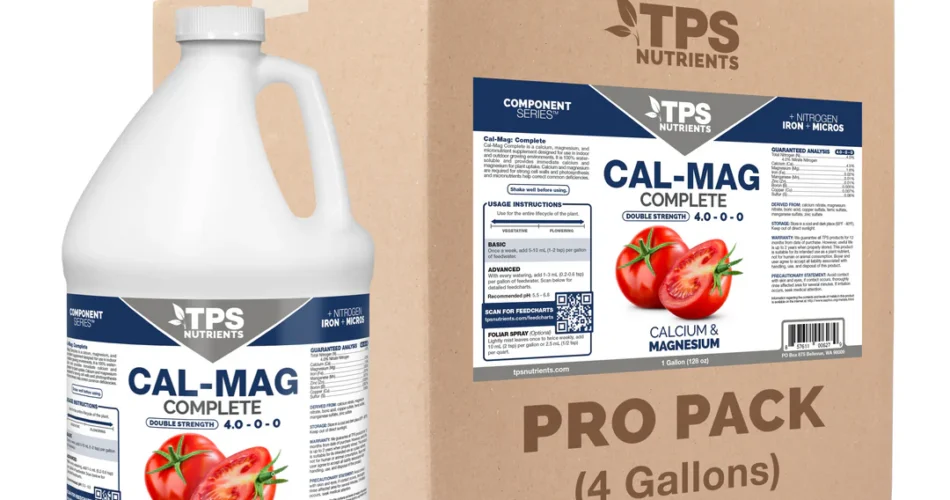If you’re growing your own plants, you’ve probably heard of cal mag. It’s a nutrient supplement that helps regulate the pH in your plants’ water so they can absorb all the nutrients they need. People used to think it was only needed for marijuana plants, but now people from all walks of life are learning how to add cal mag to hydroponics and other growing methods. Below is an introduction for beginners on how to mix cal mag with nutrients and what kind of problems it can help solve.
Mix Cal Mag before adding nutrients.
The Cal Mag must be added to the nutrient solution at a pH of less than 5.5 and greater than 6.0 to prevent precipitation of calcium and magnesium ions in the solution.
Do not add your nutrients first, then your Cal Mag. Mixing Cal Mag before adding nutrients ensures that you have a well-stirred solution.
If you are mixing both calcium and magnesium together, do not mix them with a pH less than 5.5 or greater than 6 because this can cause precipitates (solids) to form in the water column of your tank.
Make sure pH level is at 5.5-6 for your nutrient solution.
- To test pH level, use a testing kit, which you can find at any nursery or home improvement store.
- If the pH level is low, add calcium hydroxide (a powder) until reaching 7.2-7.5; if high add potassium carbonate (a powder) until reaching 5-5.5
- You’ll know when the nutrient solution is at an acceptable range because it won’t burn your plants’ roots or leaves and will turn an apple green color when placed in water for five minutes.
- If you’re worried about getting it wrong, aim for 6 as a starting point and adjust from there based on how well your plants do over time and what grows best in your area (and if you’re using Cal Mag with nutrients).
Add a teaspoon of Cal Mag per gallon of water.
To use Cal Mag with a nutrient solution, add a teaspoon of Cal Mag to each gallon of water. For example, if you are using five gallons of water, add five teaspoons of Cal Mag. If you prefer to mix your nutrients in a separate reservoir, mix one teaspoon per gallon of water in that container and then pour it into the reservoir containing your plants’ roots.
You can also add calcium magnesium directly to your reservoir or watering bucket when watering your plants. Just keep in mind that this method may cause some clumping or precipitate out at first because these minerals dissolve more slowly than other additives like fertilizers do.
Stir or shake the mixture to mix in Cal Mag.
After adding both solutions to your tank, you’ll need to stir or shake the mixture. This will help ensure that all of the Cal Mag is dissolved in your nutrient solution—and not left at the bottom of your tank where it can lead to deficiencies and algae growth.
If you do not stir or shake, then this may cause an imbalance in your plants’ nutrient needs, as well as causing a build up of algae in your aquarium.
When learning how to add cal mag to hydroponics, follow the manufacturer’s instructions.
You can add Cal Mag to nutrients, but you have to follow the manufacturer’s instructions. You should also make sure your pH level is at 5.5-6 for your nutrient solution because this is what helps Cal Mag dissolve and be absorbed by the plants better. Here are some general guidelines on how much cal mag to use:
- Add one teaspoon per gallon of water
- Stir or shake the mixture together so that it will mix in fully with no clumps or floating granules
If you are mixing a Cal-Mag supplement, it is important to understand how much of each ingredient is needed and how much should not be added. The amount of calcium, magnesium and other nutrients that are needed varies based on many factors including what type of soil your plants are growing in. If your plants need more or less than what is recommended for their growing conditions then adding extra supplements could cause them harm.
